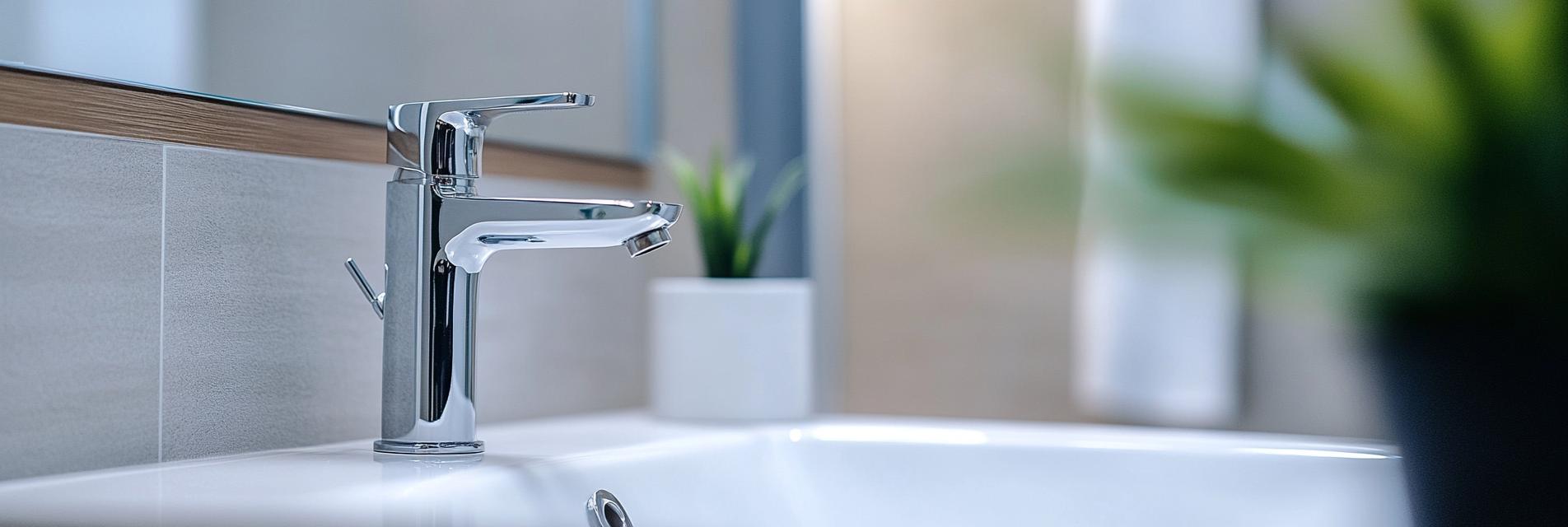Poly Aluminum Chloride (PAC) is an essential coagulant widely used in water treatment processes. Its effectiveness in removing impurities makes it a popular choice among municipalities and industries alike. Understanding the pricing trends of PAC is vital for stakeholders in the water treatment sector to make cost-effective purchasing decisions.
The production cost of PAC is significantly impacted by the prices of its raw materials. Fluctuations in the cost of aluminum hydroxide and hydrochloric acid can lead to variations in PAC pricing. Staying updated on material trends can help anticipate future pricing changes.
The demand for PAC in emerging markets has been steadily increasing due to growing concerns regarding water quality and the need for effective water treatment solutions. Additionally, the supply chain disruptions caused by global events can affect availability and, subsequently, pricing.
Innovations in manufacturing processes often lead to more efficient production methods that can reduce costs. Companies investing in technology may gain a competitive edge, influencing pricing strategies in the market.
As of late 2023, the pricing trends for PAC show a modest increase due to heightened demand and ongoing supply chain challenges. Stakeholders are encouraged to monitor market reports and forecasts to adapt to changing conditions.
Navigating the pricing landscape of Poly Aluminum Chloride can be complex, yet being informed about the various factors at play can aid in making strategic purchasing decisions. By keeping an eye on market trends, businesses in the water treatment industry can ensure they remain competitive while maintaining quality standards.




.jpg?x-oss-process=image/resize,h_800,m_lfit/format,webp)



.jpg?x-oss-process=image/resize,h_800,m_lfit/format,webp)



